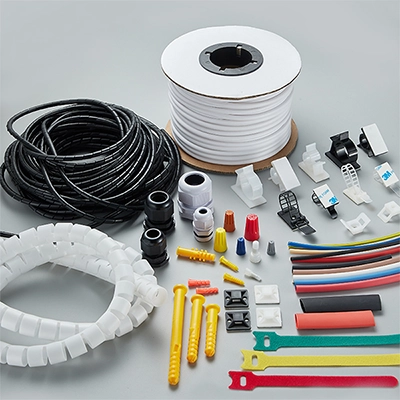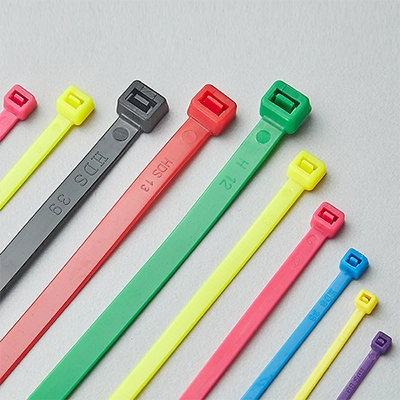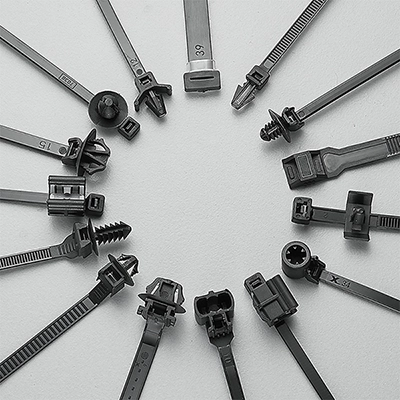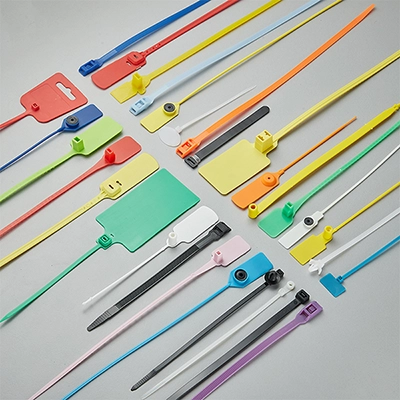How to Use Stainless Steel Cable Ties? Generally, there are two methods. The first involves manually tightening the tie and then using scissors to trim off the excess. The second method requires a specialized stainless steel cable tie tool, which provides a more precise and secure application.
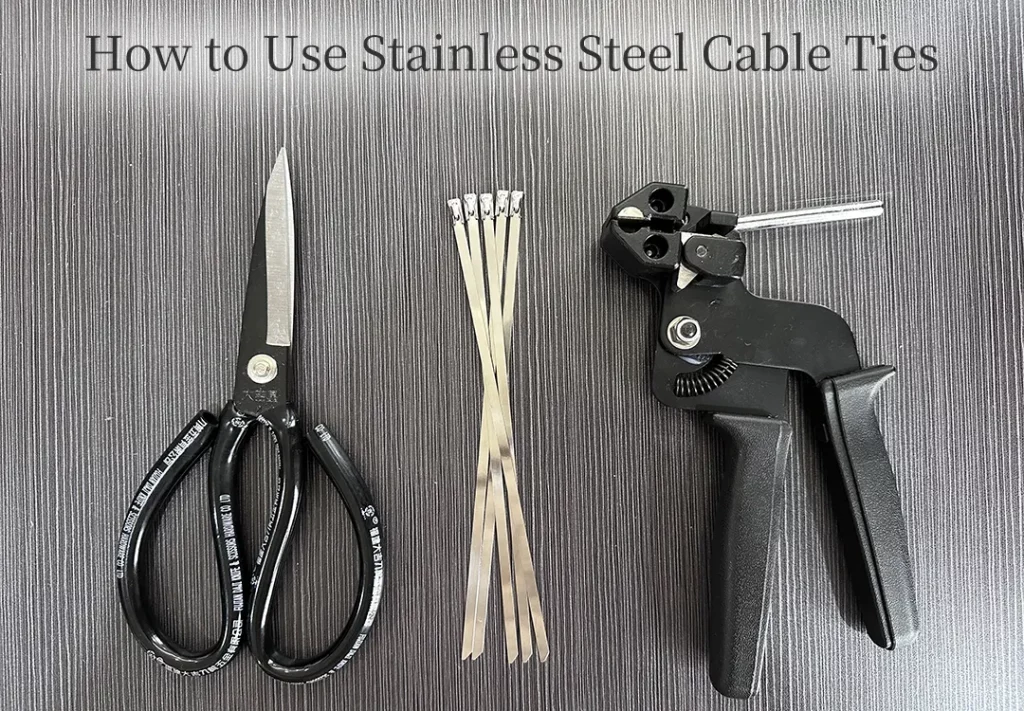
Method 1: Using Scissors
Prepare A pair of scissors and stainless steel cable ties.
1. Positioning the Tie: Thread the stainless steel cable tie through the items you need to bundle.
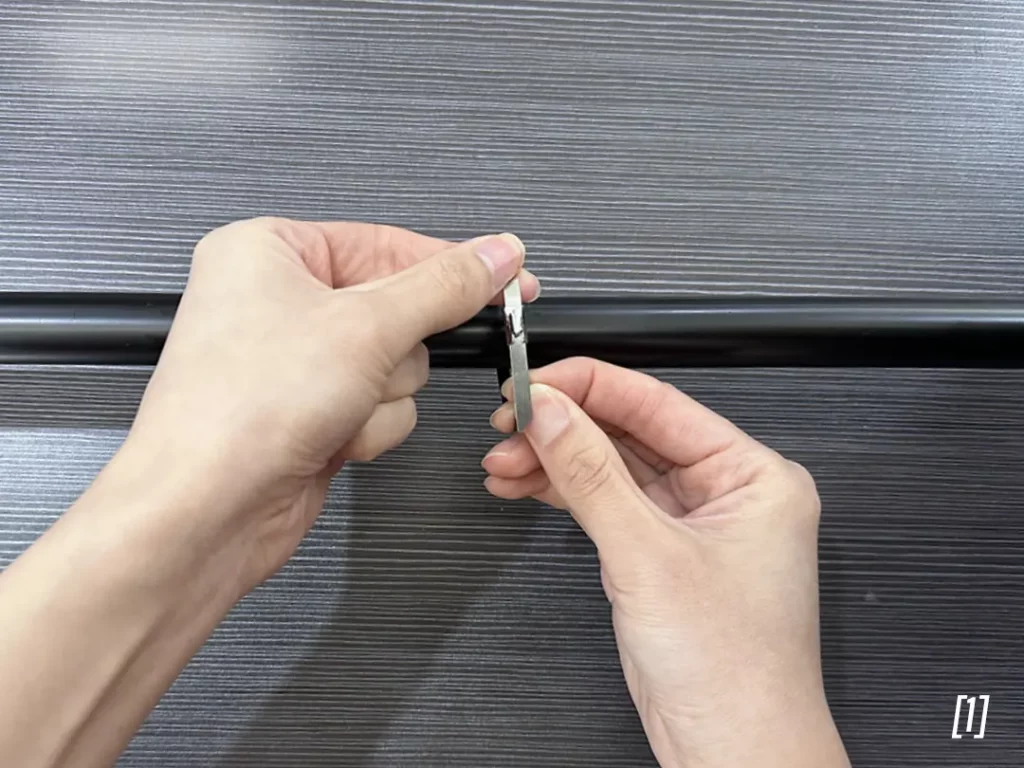
2. Manual Tightening: Pass the tail of the tie through the head and pull it as tightly as possible by hand to ensure the tie is securely against the surface of the bundled items.
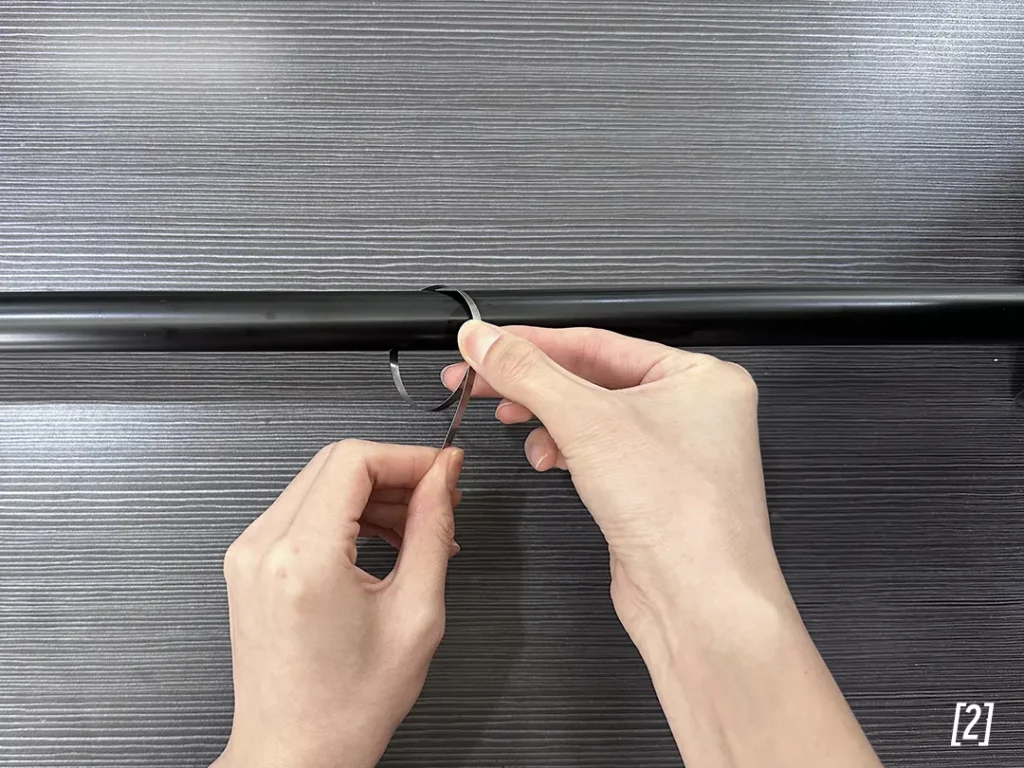
3. Trimming the Excess: Carefully use the scissors to cut off the excess part of the tie. Be cautious during this step to maintain stability and prevent any accidental cuts or injuries to your fingers.
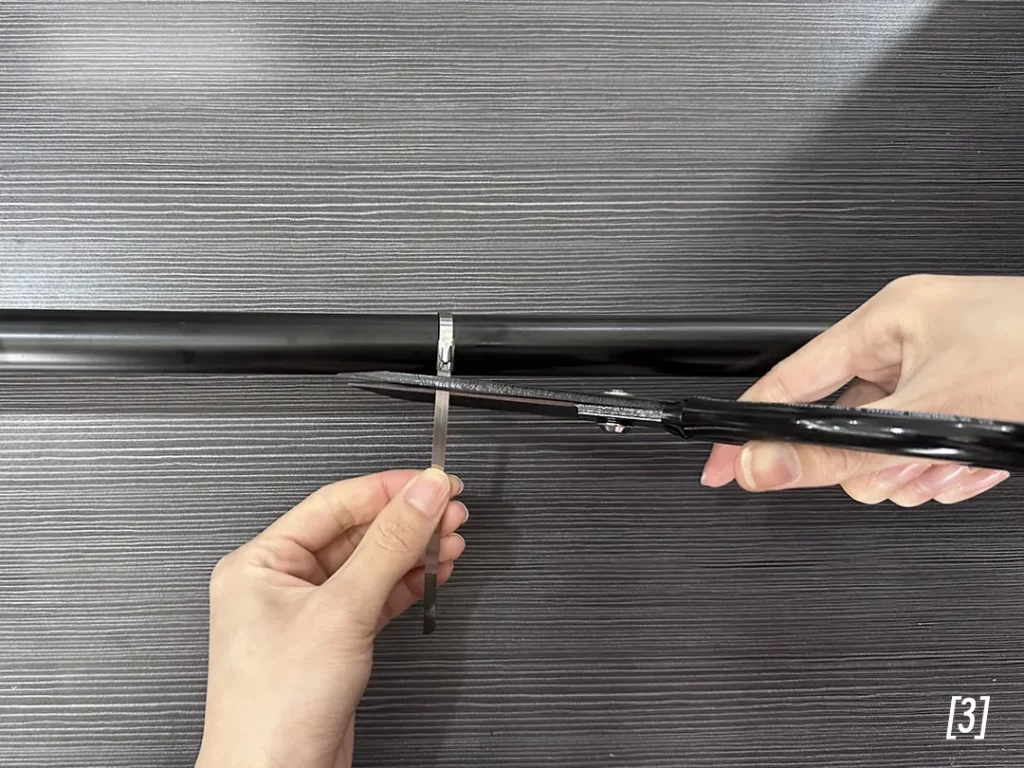
Method 2: Using a Stainless Steel Cable Tie Tool
Prepare a stainless steel cable tie tool and several stainless steel cable ties.
1. Positioning the Tie: First, thread the tie through the objects you need to bundle, just as in Method One.
2. Locking the Tie: Thread the tail of the stainless steel cable tie through its head to lock it in place.
3. Using the Tool: Place the tail of the tie into the slot at the rotating axle and cutting edge of the tool.
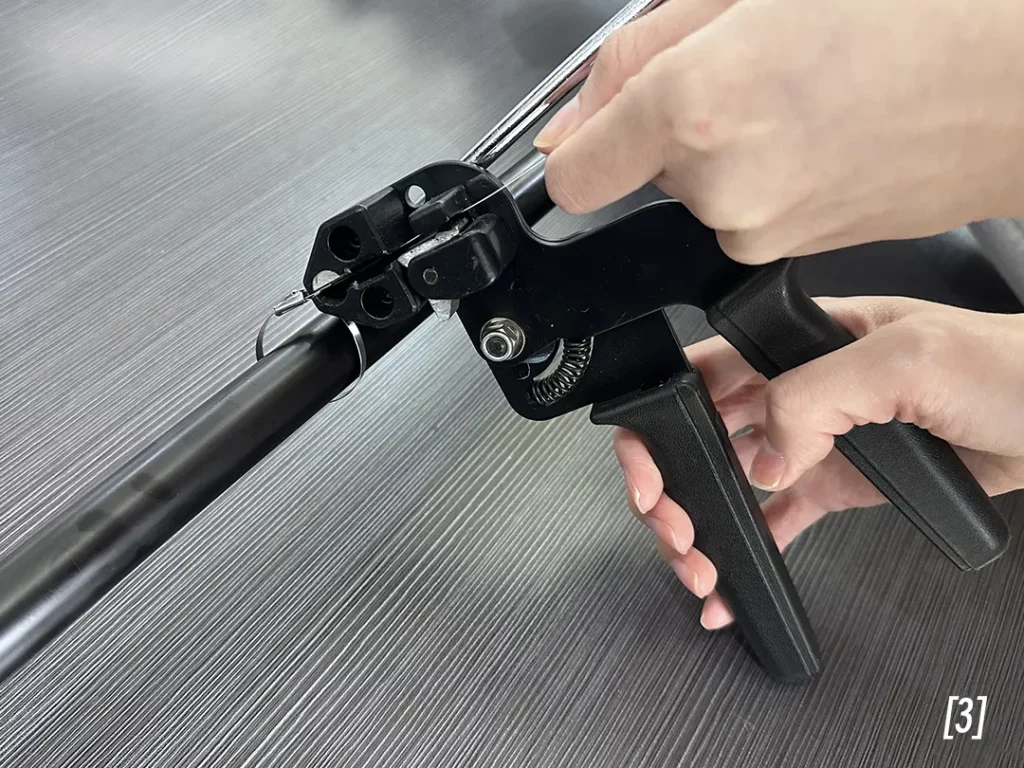
4. Tightening the Tie: Hold the tail of the tie with one hand, and with the other hand, repeatedly perform a “tighten-release” action to tighten the tie. Due to the locking mechanism of stainless steel ties, there might be a slight retraction after locking. Therefore, after the initial tightening, push the tool slightly forward and then tighten again to ensure a snug fit around the object. For the details of the locking mechanism, refer to the article”Explore the Locking Mechanism of Stainless Steel Cable Ties“

5. Cutting Off the Excess: Once the metal cable tie is tightly secured, push the handle of the tool forward to engage the blade and press down to cut the tie. If using an automatic stainless steel cable tie tool, it will automatically cut off the excess after tightening.
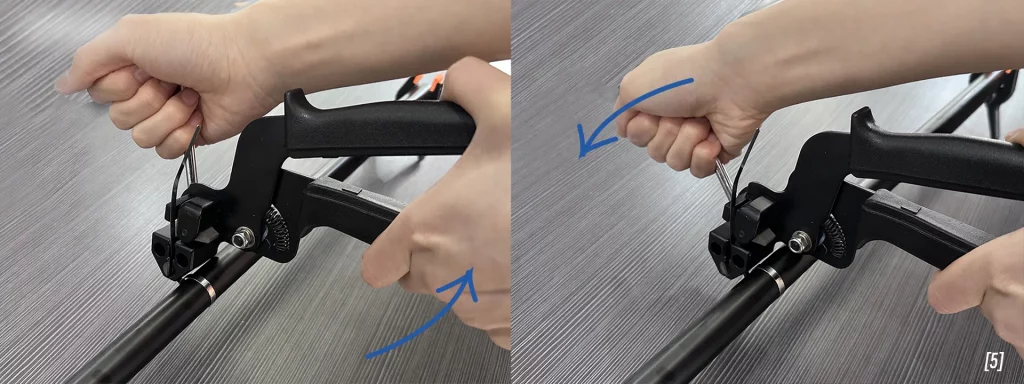
6. Checking and Adjusting: Ensure that the stainless steel cable tie is securely fastened. If necessary, make final adjustments to the cut end, such as hammering down any protruding tail to avoid potential injuries or damage to objects.
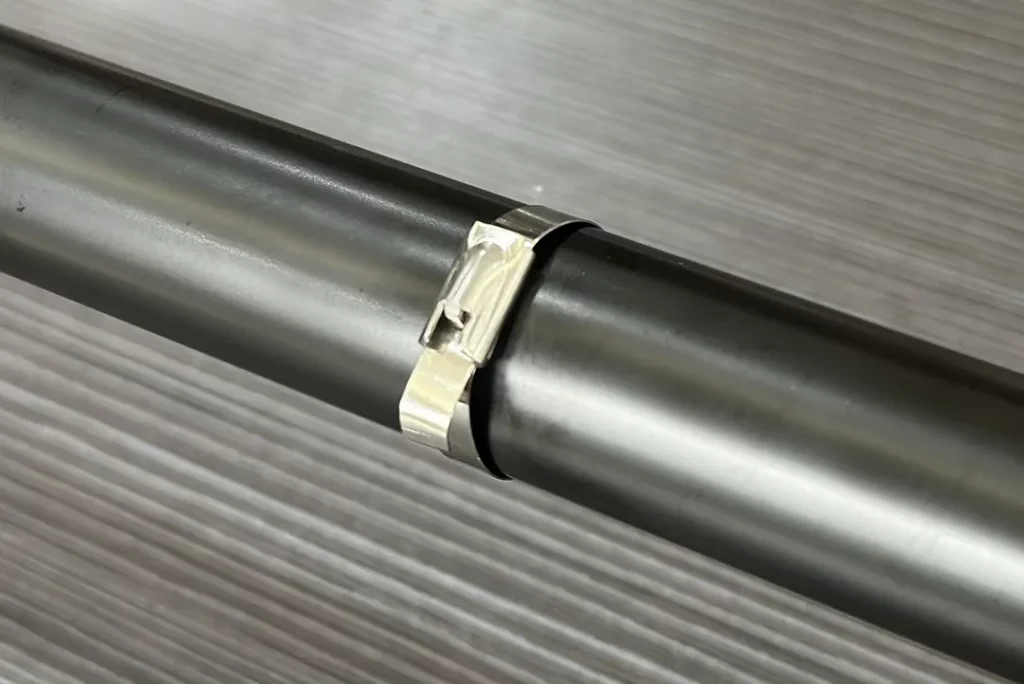
Safety Tips
While working with stainless steel cable ties, it’s essential to find the right balance in tightening. Ensure they are snug enough to secure, but not so tight that they damage the cables or objects they are holding. Also, exercise caution during the cutting process, whether you’re using scissors or a cable tie tool.
How to Use Stainless Steel Cable Ties
Selecting the appropriate method for using stainless steel cable ties largely depends on the metal cable tie application. When considering efficiency and precision, particularly in situations where cable ties are used frequently, opting for a cable tie tool is advisable. This tool not only eases the task but also ensures a clean, consistent cut. This becomes particularly relevant given that stainless steel ties have a smooth surface on both sides, making manual tightening more challenging and potentially tiring, especially for achieving high tightness. Thus, using a tool becomes even more advantageous in such scenarios, as it overcomes the difficulty of gripping the smooth ties and facilitates a tighter, more secure fastening.
For infrequent use, manual tightening and using scissors to trim the excess is quite practical. The self-locking design of these ties allows for quick hand tightening, suitable for small-scale tasks. Your choice should consider personal comfort, the task’s scale and complexity, and the availability of tools. Whether you use a tool or your hands, understanding the proper way to use stainless steel cable ties is a valuable skill.





